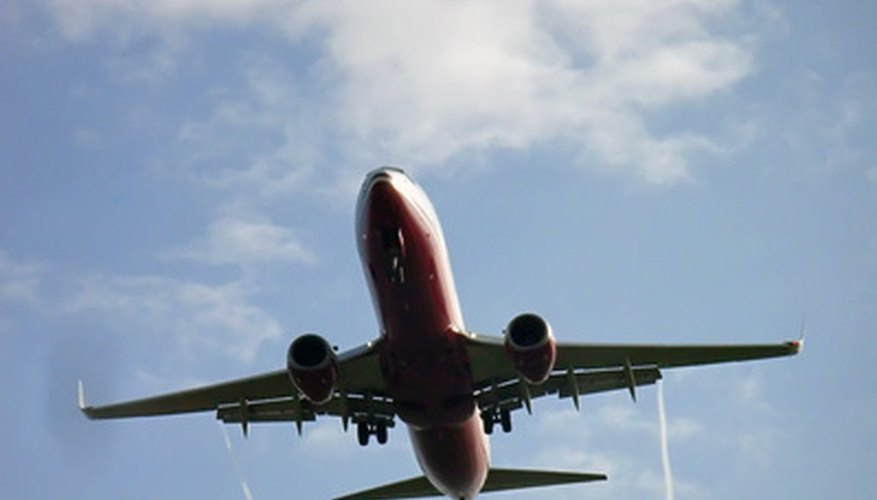Barriers to entry are conditions such as high start-up costs or obstacles that prevent new entrants from easily entering a particular industry. These barriers benefit existing companies who already operate in the industry by protecting their existing revenues from new competitors. They can be a result of interventions by the government or a natural occurrence in business. In the airline industry, there are a number of barriers to entry that affect new entrants.
Risk
The high-risk nature of the airline industry is a major barrier for new entrants. Airlines have high costs that tend to be fixed in relation to revenues. Load factors or fare increases may affect revenue; when this happens profits will instantly be affected. This makes the airline industry highly vulnerable to an economic slowdown.
- The high-risk nature of the airline industry is a major barrier for new entrants.
- This makes the airline industry highly vulnerable to an economic slowdown.
Slots
Since 1969, the Federal Aviation Administration has limited the daily number of take-offs and landings at key airports such as the Chicago O'Hare, Ronald Reagan Washington National and New York's JFK and LaGuardia. As a result of new airlines entering the market, the demand for access at these airports increased. This increase made it difficult for the take-off and landing slots to be equally divided. Therefore, government intervention has been minimised to allow airlines to buy and sell these slots to each other.
- Since 1969, the Federal Aviation Administration has limited the daily number of take-offs and landings at key airports such as the Chicago O'Hare, Ronald Reagan Washington National and New York's JFK and LaGuardia.
- As a result of new airlines entering the market, the demand for access at these airports increased.
Leases
Airports in cities such as Charlotte, Cincinnati, Detroit, Minneapolis, Newark and Pittsburgh permit airlines to lease the airport gates over a long period of time. This period can be extended as long as 20 years. This gives them exclusive rights to use the gates and prevents new airlines from acquiring the use of any airport facilities.
Perimeter Rules
Perimeter rules at LaGuardia and National airports prohibit incoming and outgoing flights that exceed 1,500 and 1,250 miles, respectively. These rules were implemented to promote JFK and Dulles airports as the long-haul airports for the New York and Washington metropolitan areas. Additionally, these rules limit the ability of airlines based in the west from competing, since those airlines are prohibited from serving LaGuardia and National airports where the western airlines are strongest.
Marketing Strategies
Some marketing strategies such as booking incentives and frequent flyer programs have been executed by established airlines to create loyalty among passengers and travel agents. This has made it increasingly difficult for new airlines to enter the market. Smaller airlines may choose not to enter or quickly exit a market due to increased competition and financial loss.
